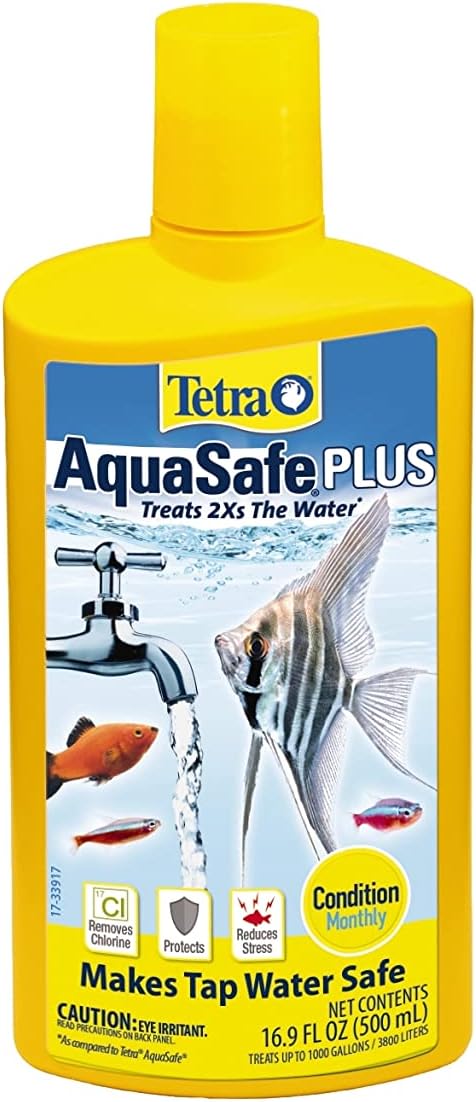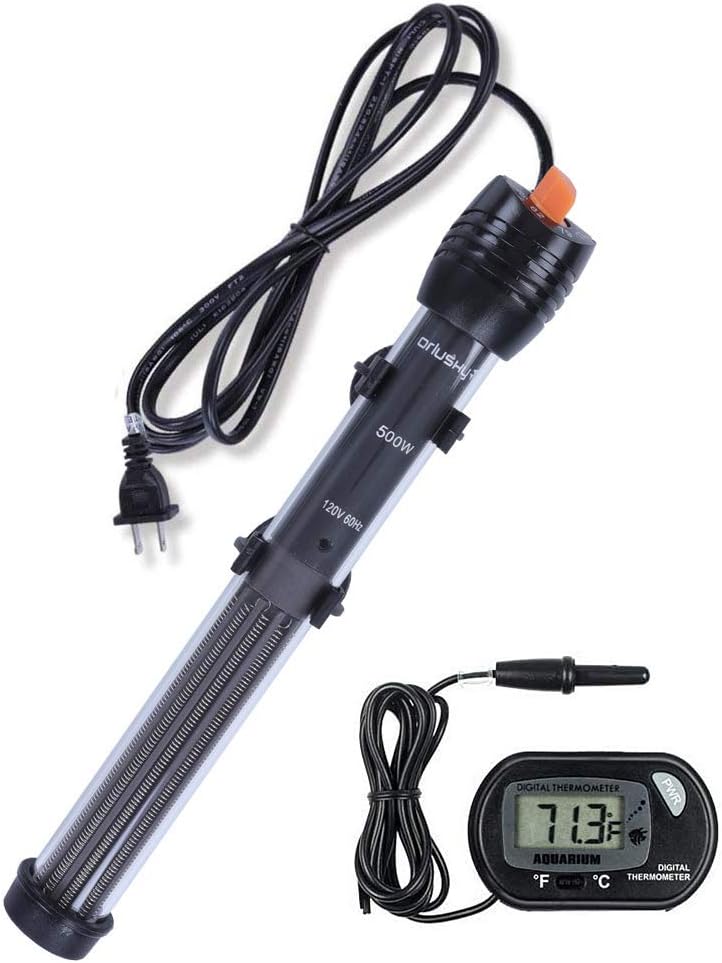Red Ear Sliders make excellent pet companions. Turtles, like all creatures, require special care and attention in order to thrive and live long and healthy lives. Knowing your turtle’s needs, from adequate habitat to nourishment to water availability, is a crucial component of pet ownership.
Slider turtles come in four different varieties, two of which are often maintained as pets: the Red-Eared Slider, which is without a doubt the most popular pet turtle in the United States, and the Yellow-Bellied Slider.
Slider turtles are popular due of their hardiness and ease of care. They have lovely, docile, and sociable demeanor as well. They’re fantastic turtles, but they can get rather large: male Red-Eared Sliders can reach 7 to 9 inches (18 to 25 cm) in length, and females can reach 11 to 13 inches (28 – 33 cm). They can sometimes become considerably larger.
Red-Eared Sliders are an excellent choice for a large tank (or a turtle pond). However, you need have a minimum of 10 gallons of water for every inch of turtle (or 15 liters of water for every centimeter of turtle) in order to keep your turtles happy and healthy, therefore a large adult female Slider would require at least a 150-gallon (568-liter) tank. You’ll need 120-140 gallons (454-530 liters) of water, as well as sufficient room at the top of the tank to keep the turtle from climbing out.
Red-Eared Sliders are the most common turtles given away at fairs and carnivals, usually as tiny hatchlings to people who have no idea how big the turtles will grow or how much care they will need. Unfortunately, many of these turtles will spend their lives in filthy cages that are far too tiny for them. Many more will be released into ponds after their owners can no longer properly care for them.
How to keep your turtle happy
- Provide enough space in the enclosure. A common rule is ten gallons per inch of your turtle. A baby turtle must be less than a year old and an adult turtle must be 120 years old. Make sure you have a rough estimate of how big your turtle will get when it’s fully grown so you don’t end up with a turtle you can’t care for.
- Aquatic turtles require sufficient filtration. A canister filter is required for a turtle. Because old food and feces can pile up without proper filtering, your turtle may become quite sick.
Even with appropriate filtration, you’ll need to replace your turtle’s water on a frequent basis. Make sure the filter isn’t clogged when changing the water. If you notice waste or old food in the filter, it could clog it and prevent it from effectively filtering the water. A dechlorinator or water conditioner can be purchased at any pet store.
- Regularly clean your tank. Empty the water and remove everything from the tank, including all of the basking areas. Everything should be washed in warm water using antibacterial soap. Allow rocks to soak in warm water with soap. Remove the soap completely. Allow the tank to dry completely. Replace everything and fill the tank with fresh, chlorine-free water. If it’s a terrestrial turtle, ensure sure the bottom of the tank is always covered in clean substrate, such as sand, wood chips, or newspaper.
- Give your turtle a well-balanced diet. The following proportions should be included in a Red Eared Slider and similar species’ diet: 50% vegetables and water plants, 25% commercial foods, and 25% live protein. Every day should be fed to a turtle under the age of a year. A turtle beyond the age of a year should be fed every other day to avoid becoming overweight. Commercially available foods for turtles, such as pellets, can also provide complete nutrition. Make sure you examine the ingredients carefully to ensure that the protein and vegetable-based matter amounts are correct.
- Ascertain that your turtle has adequate lighting. If your turtle does not have frequent access to sunshine, UV light bulbs will be required for basking. Turtles in the wild are constantly exposed to sunshine, and the nutrients they give are vital for healthy growth and development. The quantity of light it requires depends on the species, with land turtles requiring more.
- Maintain the right temperature of the water. A water heater will be required. Because turtles have cold blood, they must rely on external heat to keep warm. Temperatures that are too high or too low might be lethal. A hatchling or a sick turtle should be kept in water that is 80-82 degrees Fahrenheit (26.5-27.5 degrees Celsius), whereas a healthy turtle over a year old should be kept in water that is 77-80 degrees Fahrenheit (25.5-26.5 degrees Celsius).
To make sure that your turtles are healthy here are some signs of common diseases turtles might have. Also, when keeping a turtle it is important to know that prevention is better than cure so always check your pet turtle if the have the following:
- Parasites. The most prevalent cause of sickness is these. Pinworms, roundworms, and hookworms are the most frequent parasites seen in turtles. Lack of appetite, undigested food in stool, weight loss, and food spit up are all symptoms. Your veterinarian will request a stool sample to test for parasites and prescribe medicine to rid the turtle of the parasite.
- Shell Rot. The shell has developed a fungal infection. The shell appears white, slimy, and stinky, with puss occasionally present. Small abrasions on the turtle’s shell are also possible symptoms. If any of these symptoms appear, take your turtle to the veterinarian, who will prescribe medication.
- Deficiency in vitamin A. This happens when your turtle doesn’t get enough food, and it shows itself as a lack of appetite, swelling of the eyelids, swelling of the ears, and recurrent respiratory problems. This can also alter your turtle’s buoyancy while swimming. Make sure your turtle eats a well-balanced diet to rectify this.
- Respiratory Infection. Wheezing, difficulty breathing, bubbles and mucus in their nose, and frequent coughing are the most typical symptoms. If you notice these symptoms, take your turtle to the veterinarian, who will perform an x-ray and prescribe an antibiotic regimen. Improper basking and water temperatures, as well as exposure to drafty circumstances, are the most typical causes of these problems.
Tips:
- Finding a local herp vet who specializes in turtles is a wonderful idea. If your turtle is sick, the only way to get help is to visit a veterinarian. It will be easier for you to receive proper medical attention for your turtle if you identify one before an emergency occurs.
- If your turtle is eating, make sure the filter is turned off so it can capture the food.
- Every 4-5 days, clean the turtle’s tank.
- If your turtle ever ends up on its back, make sure to flip it right away. Turtles frequently lose their ability to turn over and will drown if they are unable to move to acquire air.
- Remember that once a turtle shows signs of disease, it’s usually too late. Because turtles hide illnesses successfully, if they display symptoms, it means the condition has progressed and they require immediate medical attention!





